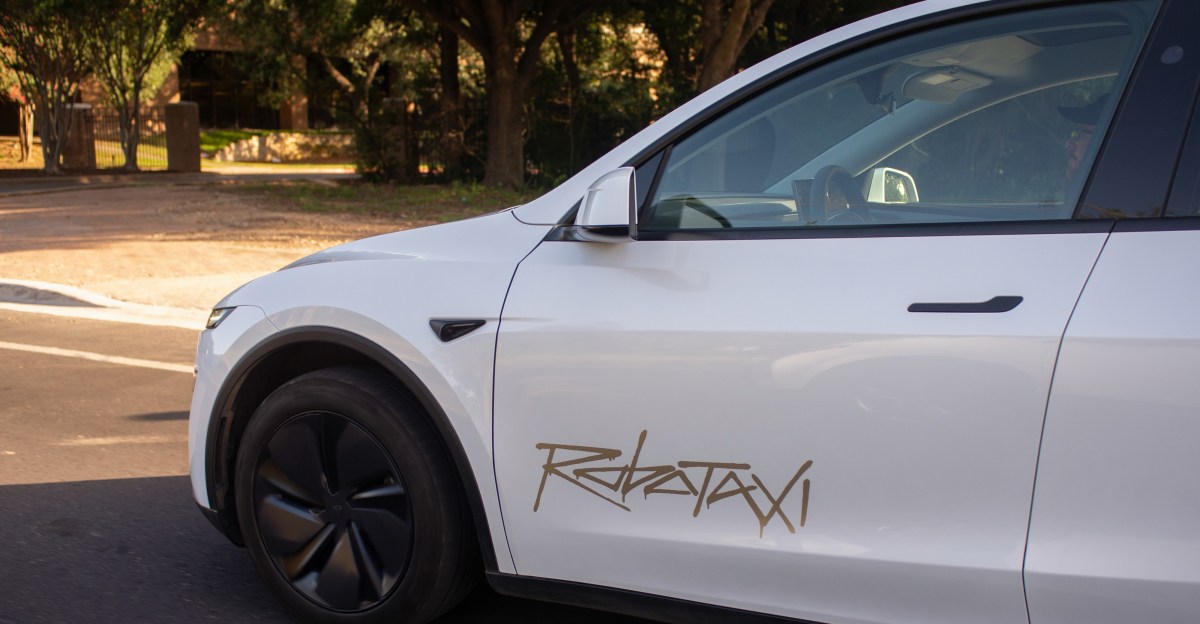Tesla’s Robotaxi Plans Raise Regulatory Concerns

Key Points
- Tesla’s robotaxi service currently runs with safety drivers, not fully autonomous vehicles.
- State regulators have asked Tesla to clarify the nature of the service.
- Tesla’s policy team has avoided direct responses to regulatory inquiries.
- The company has not filed for the permits required for driverless testing or commercial operation.
- Officials from the California DMV and NHTSA emphasize the need for proper licensing and safety compliance.
Tesla’s effort to roll out a robotaxi service in California has sparked confusion among state regulators. Although the company touts a driver‑less future, the vehicles currently operating have safety drivers and lack the required permits for fully autonomous testing or commercial use. Emails between Tesla and officials reveal a back‑and‑forth over clarifying the service’s true nature, with the automaker avoiding direct answers. Regulatory agencies, including the California DMV and the NHTSA, note that Tesla has not applied for the necessary authorizations, intensifying scrutiny of the company’s autonomous‑vehicle roadmap.
Regulatory Ambiguity Over Tesla’s Robotaxi Service
Tesla’s push to introduce a robotaxi offering in California has created significant uncertainty for state transportation officials. The service, marketed as a step toward fully driverless rides, actually operates with safety drivers seated behind the wheel, limiting its autonomy. Emails obtained by Reuters show that California’s Department of Motor Vehicles and the National Highway Traffic Safety Administration have repeatedly asked Tesla to clarify whether the company is running a true robotaxi service or a pilot with human supervision. Tesla’s policy team consistently declined to address the questions directly, citing a policy of not responding to press inquiries.
Lack of Required Permits
Regulators point out that Tesla has not submitted applications for the permits needed to test or operate fully autonomous vehicles in the state. Without these authorizations, the company cannot legally conduct driverless testing or run a commercial robotaxi fleet. The discrepancy between public statements about receiving “regulatory permission” and the absence of formal filings has heightened officials’ concerns.
Implications for Autonomous‑Vehicle Oversight
The episode underscores the challenges regulators face in keeping pace with rapid advances in autonomous‑vehicle technology. As Tesla continues to promote its vision of driverless transportation, the need for clear communication and compliance with existing safety frameworks becomes increasingly critical. State officials remain vigilant, seeking to ensure that any autonomous service operating on public roads meets established safety and licensing standards.